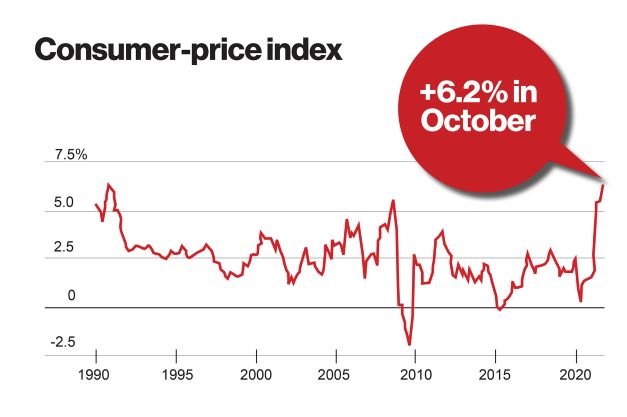What, Why, and When of Estimated Tax Payments
If you are in business for yourself, you generally need to make estimated tax payments. Individuals, including sole proprietors, partners, and S corporation shareholders, generally have to make estimated tax payments if they expect to owe tax of $1,000 or more when their return is filed. The IRS urges taxpayers to check into their options to avoid these penalties. Adjusting withholding on their paychecks or the amount of their estimated tax payments can help prevent penalties. This is especially important for people in the sharing economy, those with more than one job and those with major changes in their life, like a recent marriage or a new child.
Estimated tax is used to pay not only income tax, but other taxes such as self-employment tax and alternative minimum tax. If you don’t pay enough tax through withholding and estimated tax payments, you may be charged a penalty. You also may be charged a penalty if your estimated tax payments are late, even if you are due a refund when you file your tax return.
Individuals, including sole proprietors, partners, and S corporation shareholders, generally use Form 1040-ES (PDF), to figure estimated tax. For estimated tax purposes, the year is divided into four payment periods. Each period has a pay online, by phone, or by mail.
Estimated tax payments are due as follows:
January 1 to March 31 – April 15
April 1 to May 31 – June 15
June 1 to August 31 - September 15
September 1 to December 31 – January 15 of the following year
Please put the above dates in your calendar and reach out to me at 858 367-3112 if you need help.
If you'd like to read the full details, please visit: https://www.irs.gov/businesses/small-businesses-self-employed/estimated-taxes


